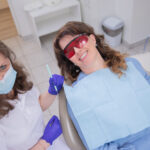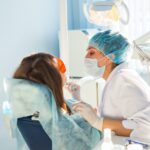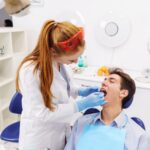Choosing a toothbrush
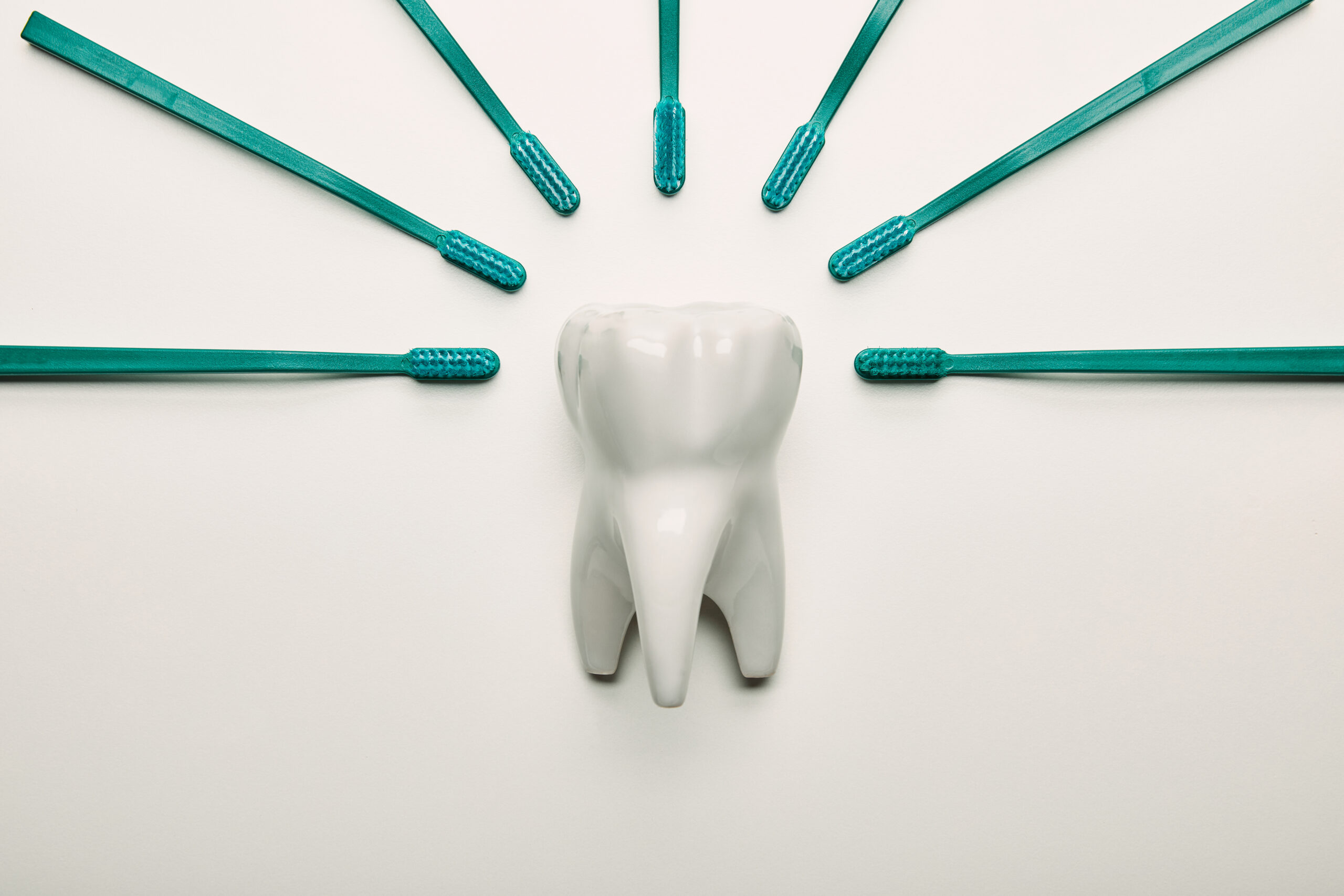
Is it worth worrying about choosing a toothbrush?
A common phrase: "in the past, people didn't brush their teeth at all and lived a great life," isn't it? But, as many years of experience show, this is an excuse for the lazy. The world's first toothbrush appeared about 500 years ago in China, and it was made of pig bristles, badger hair, and horsehair. People already realized then that this was important.
Previously, people did not eat so much "diverse" food in the form of mayonnaise-sauces, sweet pastries-candies, Coca-Cola and coffee. Let's not talk about food today - what is eaten, is eaten. And the question of the importance of brushing your teeth also does not cause doubts among civilized people: brush definitely! The question is with what and how often?
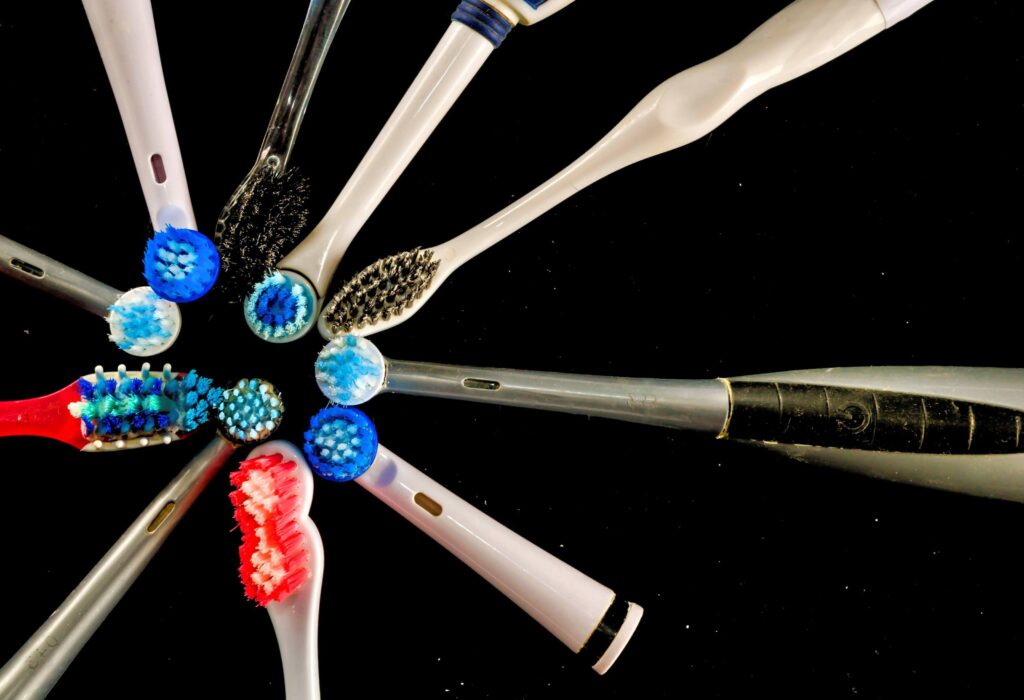
Today we'll talk about brushes - there are so many of them!
Last time we talked about choosing toothpaste. Today we’ll talk about brushes – there are so many of them! Is this a necessity or a marketing ploy: shapes, variety of bristles, electrical connections, vibrations and all that?
In most cases, a toothbrush is chosen according to the principle: suitable price, pleasant color, manufacturer flashing in advertising. The time for choosing a toothbrush does not exceed 5 minutes. And in vain! After all, it, your toothbrush, will directly depend on whether you have thoroughly removed food residues and plaque on your teeth and gums (food for bacteria!). Of course, your efforts and skills are also no less important, but you will try, we are sure!
Brushes are distinguished by several characteristics: hardness-softness, head size, head and bristle mobility, method of setting the head in motion, and many other features. As practice shows over the years, the work of the inventors of brushes was not in vain and now plays an important role in overall oral hygiene. It is important to find the model that was invented for you! Don't despair if you don't find it right away. Brushes still need to be changed every 3 months (and sometimes more often!) - as soon as the bristles have lost their shape and control color.
Let's briefly dwell on significant characteristics of brushes.
So, in terms of softness and hardness, brushes are hard, medium, soft, and very soft.
Very soft toothbrush: this brush is recommended for children and adults suffering from diseases of the hard tissues of the teeth and gums. Such diseases include periodontitis, non-carious enamel lesions, etc. Advice on using a very soft toothbrush is usually given by a dentist.
Soft toothbrush: such brushes should be used if there is bleeding gums, as well as for pregnant women, people with diabetes. You should not use a soft toothbrush if you have the habit of brushing your teeth carelessly and in a hurry.
Medium-hard toothbrush: this type of brush is considered the most popular, it is used by the majority of the adult population. This type of toothbrush should be used if the oral cavity is relatively healthy.
Stiff toothbrush: this type of brush should be used by coffee lovers, smokers, and people with increased plaque formation of any etiology. Dentists recommend using this type of brush for people with strong tooth enamel and a healthy oral cavity.
Very stiff toothbrush: we are talking about special brushes that are most often used when cleaning removable dentures, as well as if there are fixed bridges and braces in the oral cavity.
By the location of the bristles: in high-quality modern toothbrushes, bristles of different stiffness are often combined. All bristles are collected in bundles, and the bundles are lined up in rows. Depending on the nature of the arrangement of the bristle bundles, one-, two-, three- and multi-level brushes are distinguished. The bundles are arranged parallel or at an angle to each other. Depending on the arrangement of the bristle bundles, three types of brushes are distinguished: therapeutic and preventive, hygienic and special.
On hygienic brushes all the tufts are located parallel and have the same length. Such brushes are practically not used anymore, as they do not clean the entire surface of the tooth well and leave a lot of plaque between the teeth.
On therapeutic and prophylactic brushes The bristles are arranged in several levels. Higher and straight tufts clean the interdental space, shorter ones clean the chewing surfaces of the teeth, soft oblique tufts clean the gingival sulcus and cervical interdental space without injuring it. At the front end of such brushes there is often a large inclined beam, which penetrates deeply into the interdental spaces and cleans the “sevens” and “eights” well. In addition, the brush field may have various rubber inserts for gum massage and teeth polishing. Such brushes are the most popular and in demand today.
Special brushes, which are mono-beam or low-beam, are used for cleaning uneven teeth, cleaning teeth around orthopedic structures, as well as for cleaning teeth with orthodontic structures and implants.
Electric toothbrushes: deserve special attention and have been gaining popularity in recent years. Clinical studies have confirmed that electric toothbrushes clean much better and require less time to brush. You can clean your teeth well in just two minutes, which is important if you are in a hurry in the morning.
An electric toothbrush maintains a uniform movement of the bristles, which helps reduce wear on tooth tissue and does not irritate the gums. Some models of electric toothbrushes can also neutralize bacteria using ultrasound.
But there are also contraindications to their use! Electric toothbrushes are not suitable for people who have undergone periodontal surgery or oncological operations in the oral cavity. Such a brush should not be used by people with tooth mobility of the 3rd degree, stomatitis and hypertrophic gingivitis, people with non-carious enamel damage. When buying an electric toothbrush, you need to take into account the same parameters as when choosing a regular one, these are the quality and shape of the bristles, their number and stiffness. In addition, you need to take into account some characteristic features, such as the speed of operation, head movement, weight and type of power supply.
Important little things when choosing a brush: when choosing a brush, it is necessary to take into account some aspects that may seem insignificant to a layperson. It is important to pay attention to the length of the working part. It should capture several teeth at the same time - ideally 2-2.5. This allows you to achieve the best cleaning of the chewing group of teeth.
The brush head or its working part should be rounded. This reduces the risk of injury to the delicate mucous membrane of the oral cavity. The back of the head should be made of soft material, preferably rough. The presence of such material allows you to clean the mucous membrane from microorganisms. The brush handle should be thick enough, with rubberized inserts, so it will be comfortable to hold and it will not slip during cleaning.
Between uses, the brush should dry well, this will significantly reduce the number of microorganisms on it, and will also help maintain the hardness and shape of the bristles for a long time. The best way to store the brush is in a glass with the head up. However, it is not worth storing brushes in different cases, as this negatively affects their service life and promotes the reproduction of microorganisms on them.
If you find it difficult to decide on the choice of a brush yourself, do not hesitate, ask your dentist! This question should not seem unimportant to you. Dentists of our dental center "Artix" take oral hygiene with all responsibility and will help you choose your toothbrush, toothpaste and method of cleaning your teeth and gums. It is important, painless, fast and free! Just ask your doctor!
This is interesting!
The first electric toothbrush appeared in Switzerland, according to various sources in 1939 or after World War II.
A 2003 poll in the United States showed that people consider the toothbrush to be the main human invention, without which it is impossible to live.
12% people around the world use electric toothbrushes today.
Since the 1960s, humanity has patented more than 3,000 different models of toothbrushes.
Join us 😘
Be the nextHappy Patient
We have already helped hundreds of patients restore dental health and a beautiful smile. Your perfect smile is closer than you think. Let's create it together!




